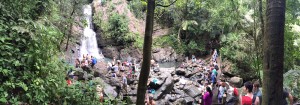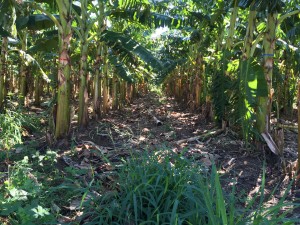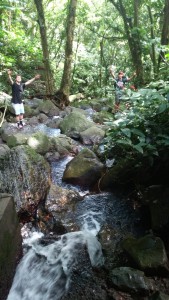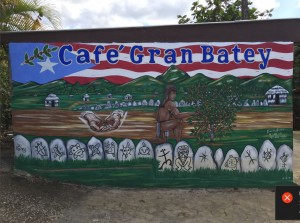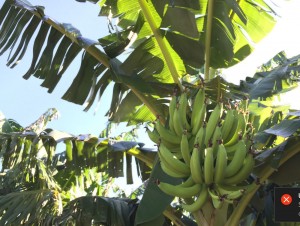Michael Romano
Sitting here on our last night here in Puerto Rico, I’m beginning to reflect on the experiences I’ve had over the last week and a half on the island. One of the biggest takeaways I’ll bring back is the influences on my perspectives of global issues. Primarily, the influences of my views of agriculture. Before the trip, when I was to think of the topic of agriculture, the first thing I would think of is a huge corn field in central Illinois with a big green John Deere tractor harvesting the crops.When I thought of the word farming, I primarily only envisioned corn, wheat, soybean, and other midwestern crops. During my experiences here, I’ve been presented a entirely different agricultural system than in Illinois. Before taking this course, I had never seriously considered the types of agriculture in this area. However, after my experiences in Puerto Rico and after studying the agricultural systems in place on the island, I understand there are a variety of other types of agricultural systems around the world.
For example, before coming the the island, I had little idea how coffee was produced or what a coffee tree even looked like. After visiting two coffee plantations, I now understand how rigorous the coffee harvesting process is and how dependent it is on climate and water. This can become a global issue, as it has over the last two years. This is because the climate became unpredictable, as it was raining when it was supposed to be dry, and it was dry when it was supposed to be raining. There were harsh implications because of this. The coffee bean industry in Puerto Rico could only produce nearly twenty five percent of the island’s demand for consumption. This became an issue that is most likely common throughout the world, because like Puerto Rico, the climatal conditions do not provide for the island’s demands and therefore the island needed to import the majority of their coffee. This leads into the next global influence, quality control.
An important global issue that this trip has influenced my perspectives on is quality control. In the case of the coffee farm Cafe Gran Batey, they only produced their coffee with the highest quality of coffee beans. Then, they sell the lower quality beans to large coffee corporations such as Folgers and Maxwell House. (Sorry to say, but your home coffee brands such as these are lower quality coffee beans :)…) Quality is extremely important in the coffee industry because wealthy people are willing to pay a lot of money for the highest quality coffee beans. In fact, in some areas, these wealthy spenders even visit the coffee farms in order to see the quality of the beans for themselves. This is a common process throughout the entire world. People are willing to pay large sums of money for the highest quality of products. Therefore it is important to have a large focus on quality control as it has a direct relationship with the amount of profit.
Another process I observed in Puerto Rico that changed my perspective on a global issue is waste management. At Cafe Gran Batey, I feel as though their agricultural strategy was very sustainable. This is because they have a use for every part of their harvest and very little goes to waste. First, they sell their highest quality coffee. Second, they sell the lower quality beans to large corporations with lower grade coffee. Then, they use all the natural waste and the shells of the beans as fertilizer for the other coffee trees. This is an example of a system that utilizes almost all of their materials in order to be sustainable and practices like these should be considered globally in order to help the environment.


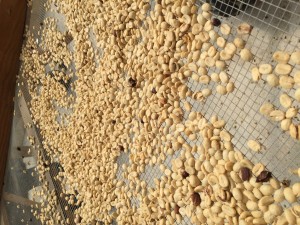
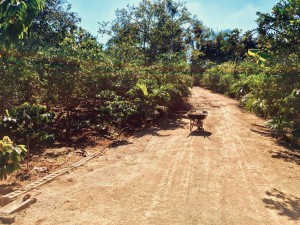
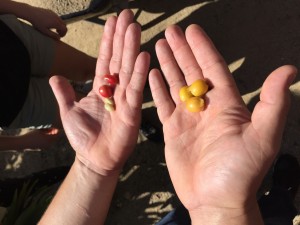
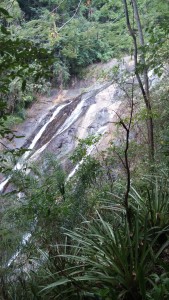
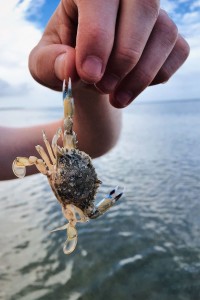
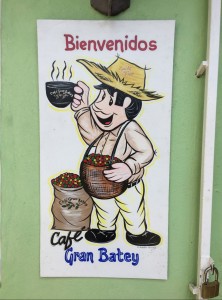
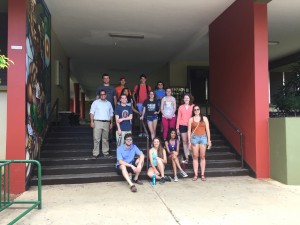
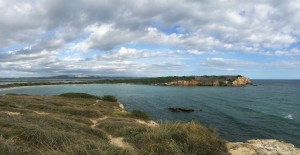
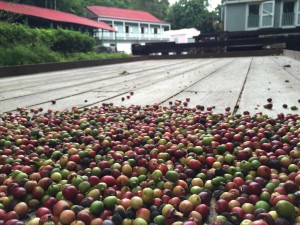
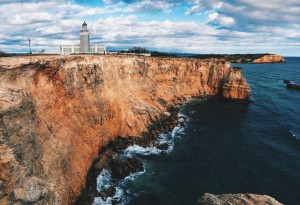
![IMG_2768[1]](http://publish.illinois.edu/lfr/files/2016/01/IMG_27681-300x225.jpg)
![IMG_3083[1]](http://publish.illinois.edu/lfr/files/2016/01/IMG_30831-300x65.jpg)

